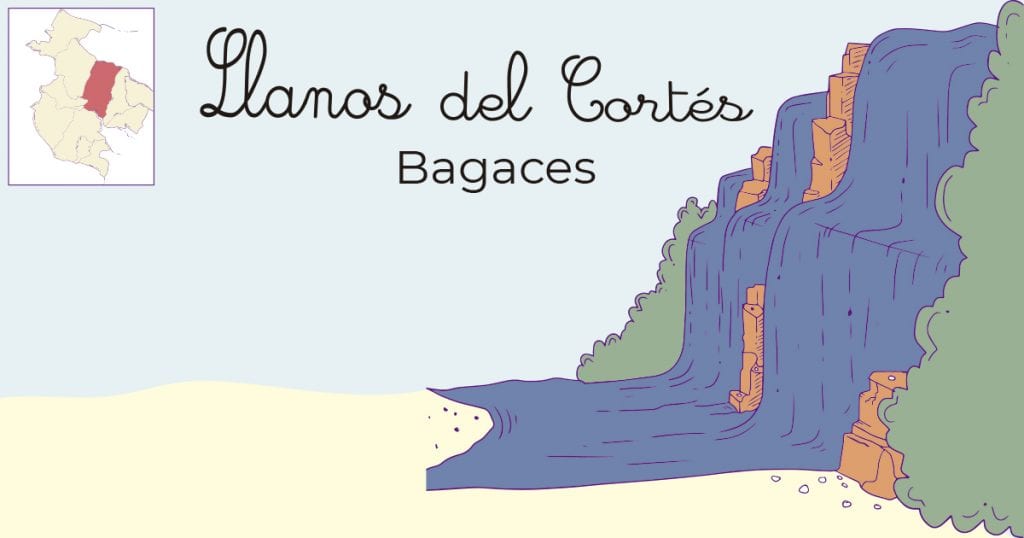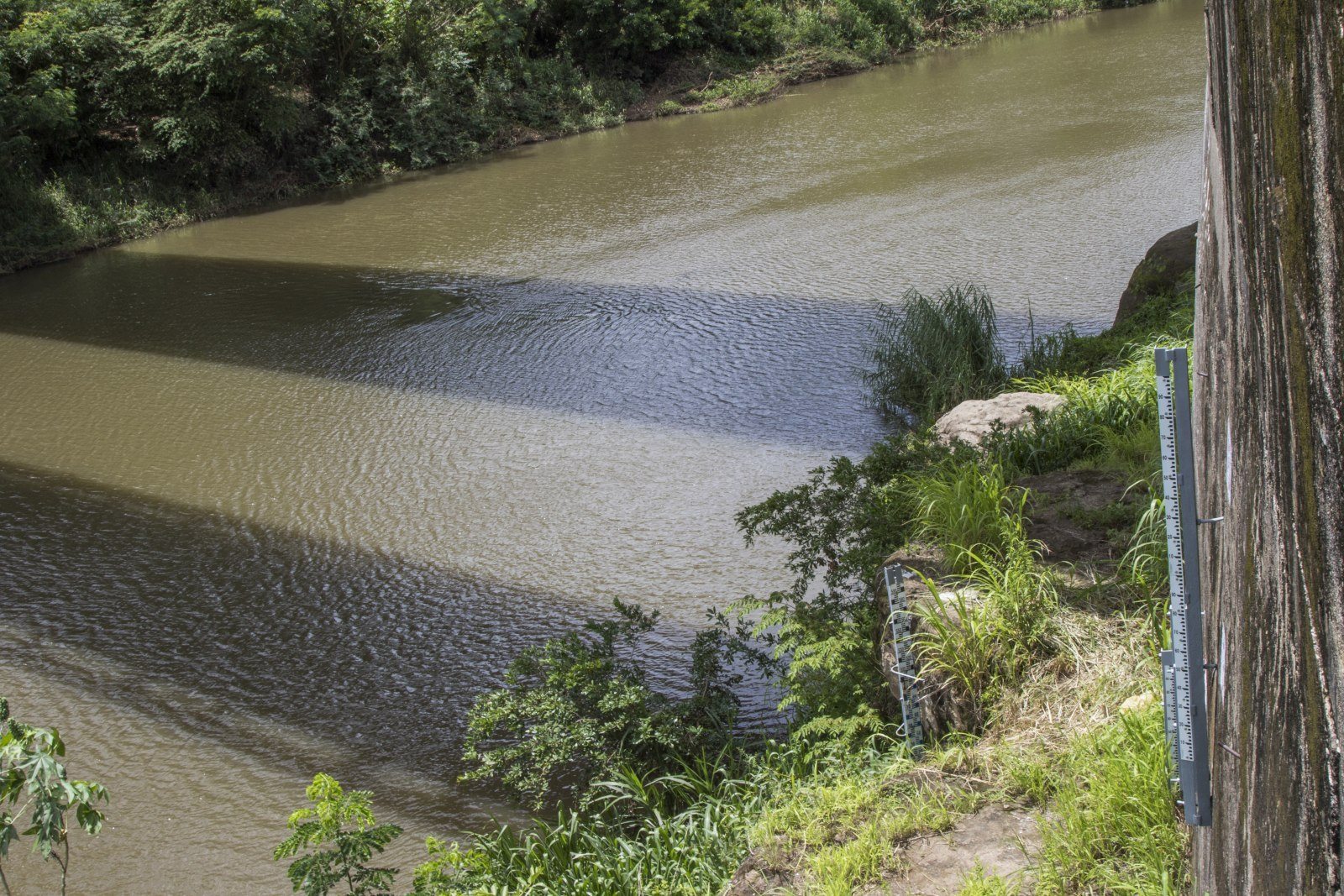Esta publicación también está disponible en: Español 

Guanacaste is much more than beaches and jungles. In this paradise we also want to be recognized for the delicious beverage leche dormida (or sleeping milk) of Cañas, for the princess Nandayure sleeping in the mountains of her town, for the typical baile de la yegüita (or dance of the mare) in Nicoya and for the only parade of bulls that remains alive in Costa Rica. For that we made this map: so that we, the Guanacastecans, as well as foreigners, recognize our cultural and tourist value in our cities.

Thinking about Tilarán reminds us immediately of water and wind, the wind turbines and Lake Arenal. but the center of the canton also has its own sites to see. When you go there, don't forget to go to Nilo diner and drink a leche dorimda (a milk based drink different from the one in Cañas), see the new wind farm on Tovar hill and see the Rincón de la Vieja, Miravallas and Tenorio volcanoes from there, or take a 360 view of the entire city.

The Marimba monument, a national symbol since 2017, will welcome you to Santa Cruz. Taking a picture here will be a good souvenir. Since the canton doesn't live exclusively off of beaches, the best time to visit the Santa Cruz community is in January during its traditionally festivals. The streets of the city are flooded with visitors and marimbas on every corner. The festivals honor Saint Cristo de Esquipulas, so being present for the parade and the oldest dance that honors the saint must be on your agenda.

The town of Nicoya celebrates the day of the Virgin of Guadalupe on December 12 with the peculiar dance of the mare, a centuries-old dance between two people who carry a cedar mare and a virgin. During these days you can visit the guild and drink tiste or chicime from gourds or eat chicken al annatto and corn rice. During your trip, don't forget to take a photo of the colonial church, one of the first churches built in the country. For a refreshing treat, buy an ice cream at doña Nidia's, 100 meters south of town hall.

Trekking around downtown Nandayure must definitely include a photo at the flat grindstone above the House of Culture. Turn your sight to the west from almost any point in the city and view the mountains clearly. You will find the figure of Princes Nandayure laying down where she protects the town from the peak, according to legends. Speaking of altitude, the canton has the highest point in all of Guanacaste, Cerro Azul, where you can see the Gulf of Nicoya and the beaches of the canton. If you are looking for crafts and corn-based food, locals recommend going to Puerto San Pablo.

Calle Real in Liberia is home to all the colonial magic in the province and to modernity because of some cafes that have opened there in recent years. You must also visit Ermita de La Agonía, the Mario Cañas Ruiz Park and the Guanacaste Museum (in an old police station) because of its historic beauty and architecture. If you spend a night there during the the full moon, you can appreciate why Liberia is called the white city. When the moonlight hits the downtown streets, it creates a sensation of absolute clarity. And don't forget to visit the city at the end of February to celebrate the civic festivals and enjoy the bull parade.

The pride of La Cruz is Bahía Salinas, a natural paradise home to stunning beaches like Rajada, Copal and Naranjo and beautiful marine and bird species. That's why, if you want to explore this canton, you must go down to the coast and surf, scuba dive or go kite surfing. If you want to stay in downtown La Cruz, go to the Punta Descartes restaurant and contemplate the bay and, hopefully, the sunset. The cemetery is also a perfect spot to look at the sea. At night, a local may recommend that you release endorphins at the Mar de Plata nightclub.

Take advantage of the May 1 holiday and discover Hojancha, the day that more than 100 pairs of oxen become the main spectacle in town. Once the activity is over, go to the El Maestro Pizzeria and drink a beer at the famous Zucos Bar. If you have more time, Hojancha is home to the tallest waterfall in Central America, called El Salto de Calvo, located in the upper part of town in Monte Romo. From there you can appreciate one of the best views of the Gulf of Nicoya. Don't forget to take a tour of the botanical garden, the Santa Marta swimming hole and the Rio Nosara recreation center.

At the entrance to the city of Filadelfia, in Carrillo canton, you will find a stone arch that proclaims the archeological past of the canton. Pieces dating back thousands of years have been found there. If you continue towards downtown you will find the city park, a kind of green oasis amid the heat, apt for sitting down and chatting. Large, colorful iguanas live around the park and they are used to photos. If you are looking for scenery nearby, the dam is 100 meters from the park and from there you can see the Tempisque River in all its glory.

Does Pelado Peak seem "burned" to you? If you want something more than just a sunset in this canton we recommend walking around the downtown area and drinking a leche dormida. It's a trademark of the town and its original recipe is famous across Guanacaste. Once you are there, cross the park and visit the church decorated with a veneered ceramic down by local artist Otto Apuy. The best date to visit Cañas is July 12, the day it was designated a canton, and also during the March festivals that start with an ox parade, generally the second Sunday of the month.

If you are going to downtown Bagaces, we recommend going to the "house museum" of Marielos Jimenez, also known as Chola. At his home, located 150 meters north of the central park, you will find dozens of stories, handmade tortillas and folklore. If you are looking for nature, the Llanos de Cortés waterfalls are the iconic natural attraction of this canton and they are only six kilometers (3.7 miles) from downtown. Are you looking for a pretty summer sunset? The rocks painted with petroglyphs, known as, "micos pintados" are five kilometer (3 miles) from the park at a lookout that offers an unforgettable panoramic view.

In Juntas de Abangares, the first thing you should visit is the mining Eco-museum where you can see what Boston was like, one of the oldest and most successful tunnels during the days of gold mining, and see La Tulita, the locomotive that transported gold to the area where they crushed it. Another hotspot is the monument of the unknown miner in honor of the migrants that died inside the mines. If you want a more folkloric experience (buy a Guanacastecan wood spinning trompo or get a hair cut, for example) we recommend going to the house of don Mario Fennell Montoya, a popular resident of Las Juntas.







Comments